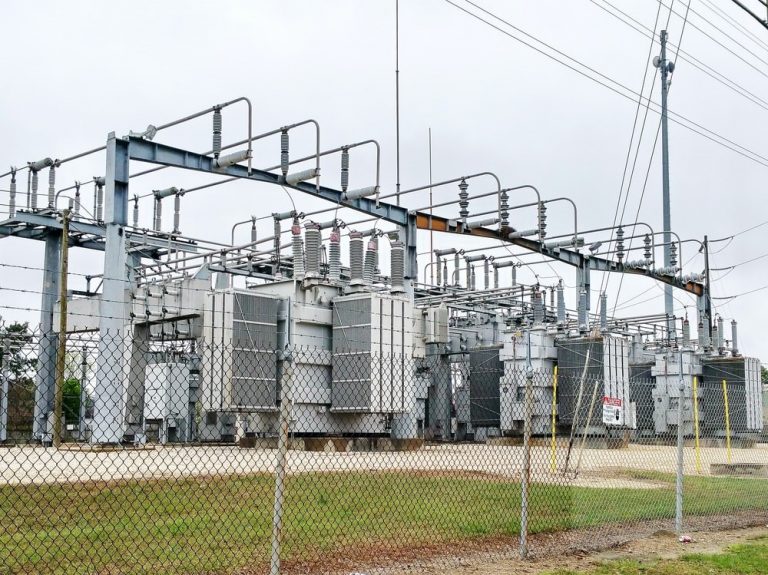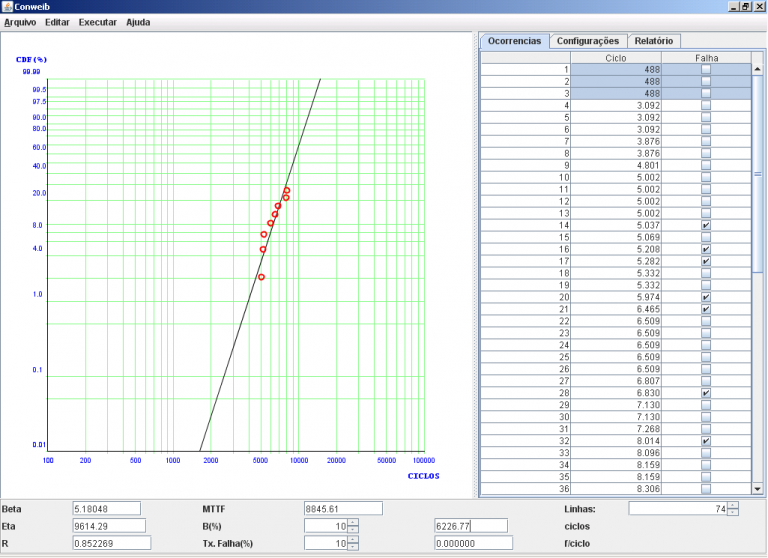

CONWEIB – Cálculo do risco de falhas de equipamentos

Conheça a vida útil de seus ativos para um planejamento ótimo
A capacidade de as empresas transformarem dados históricos dos seus equipamentos em informações relevantes para a gestão de ativos é necessária para o planejamento otimizado de ações de substituição ou manutenção de equipamentos, para gerenciar sobressalentes e reservas, estimar os riscos de falhas etc. O objetivo é reduzir custos enquanto se aumenta a confiabilidade.
O programa CONWEIB é uma ferramenta para análise estatística do risco de falha de equipamentos a partir de seus históricos operacionais. A modelagem da probabilidade de falha, inicialmente voltada para equipamentos de transmissão, atualmente pode ser aplicada em uma ampla gama de ativos da indústria.
A partir de um número limitado de dados, podem-se obter, com significativa precisão, grandezas como vida média, taxa de falha ou de reparo, disponibilidade, percentis, MTBF (Mean Time Between Failures, ou Tempo Médio Entre Falhas, para equipamentos reparáveis) e MTTF (Mean Time To Failure, ou Tempo Médio até a Falha, para equipamentos não reparáveis).

Figura 1 – Interface do CONWEIB para cálculo da probabilidade de falha de equipamentos ao longo do tempo.
Aplicação em diversos setores industriais
O programa CONWEIB é utilizado para estimar a vida útil de equipamentos, gerenciar sobressalentes e reservas, estimar o risco de falha futura etc. Sua aplicação não se limita a sistemas de energia elétrica, podendo ser usado em diversos setores da indústria ou até em outras modelagens estatísticas.
Levantando a confiabilidade
A versão atual do CONWEIB permite estudar equipamentos considerados não reparáveis (metodologia de Weibull) e reparáveis (metodologia de Poisson). Veja outros recursos:
E-mail institucional:

| Cookie | Duração | Descrição |
|---|---|---|
| cookielawinfo-checkbox-analytics | 11 months | This cookie is set by GDPR Cookie Consent plugin. The cookie is used to store the user consent for the cookies in the category "Analytics". |
| cookielawinfo-checkbox-functional | 11 months | The cookie is set by GDPR cookie consent to record the user consent for the cookies in the category "Functional". |
| cookielawinfo-checkbox-necessary | 11 months | This cookie is set by GDPR Cookie Consent plugin. The cookies is used to store the user consent for the cookies in the category "Necessary". |
| cookielawinfo-checkbox-others | 11 months | This cookie is set by GDPR Cookie Consent plugin. The cookie is used to store the user consent for the cookies in the category "Other. |
| cookielawinfo-checkbox-performance | 11 months | This cookie is set by GDPR Cookie Consent plugin. The cookie is used to store the user consent for the cookies in the category "Performance". |
| viewed_cookie_policy | 11 months | The cookie is set by the GDPR Cookie Consent plugin and is used to store whether or not user has consented to the use of cookies. It does not store any personal data. |